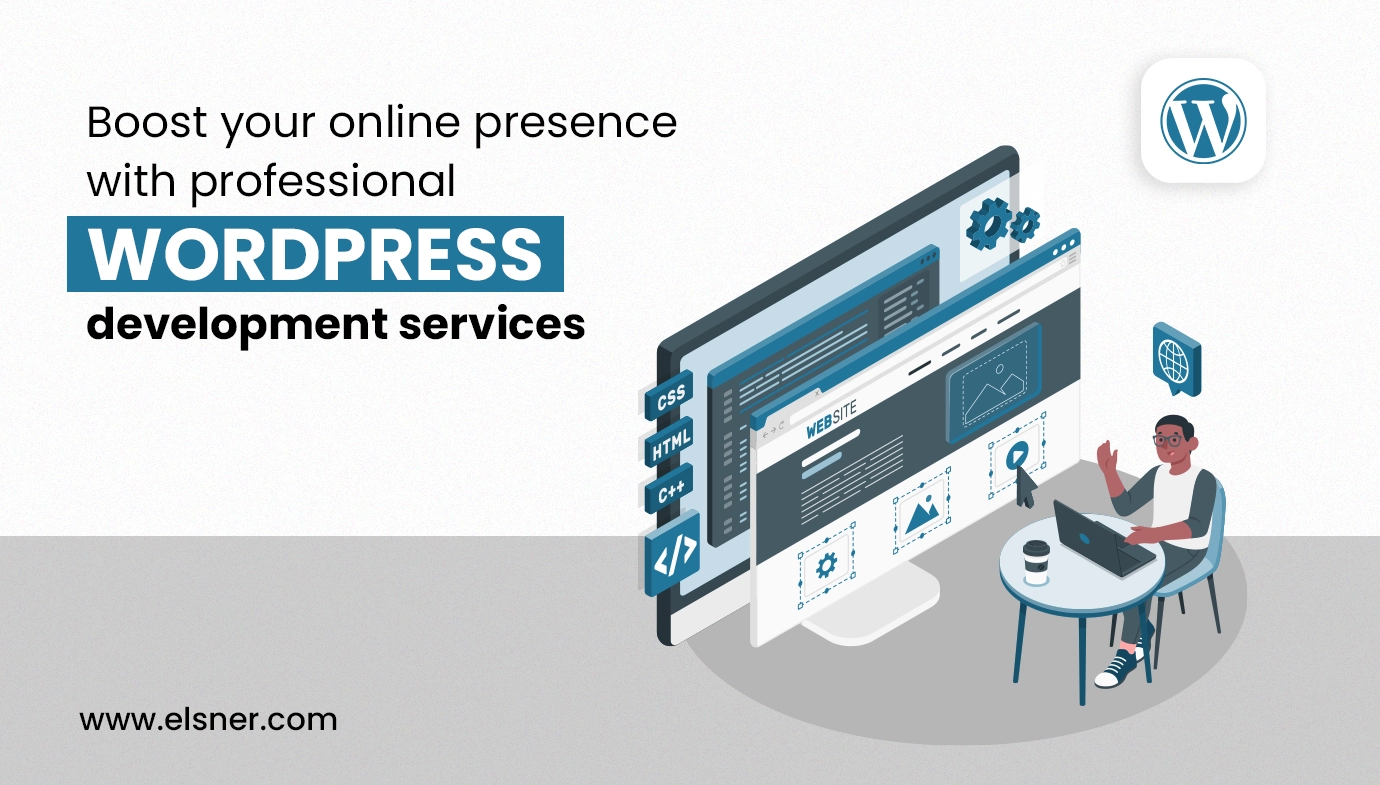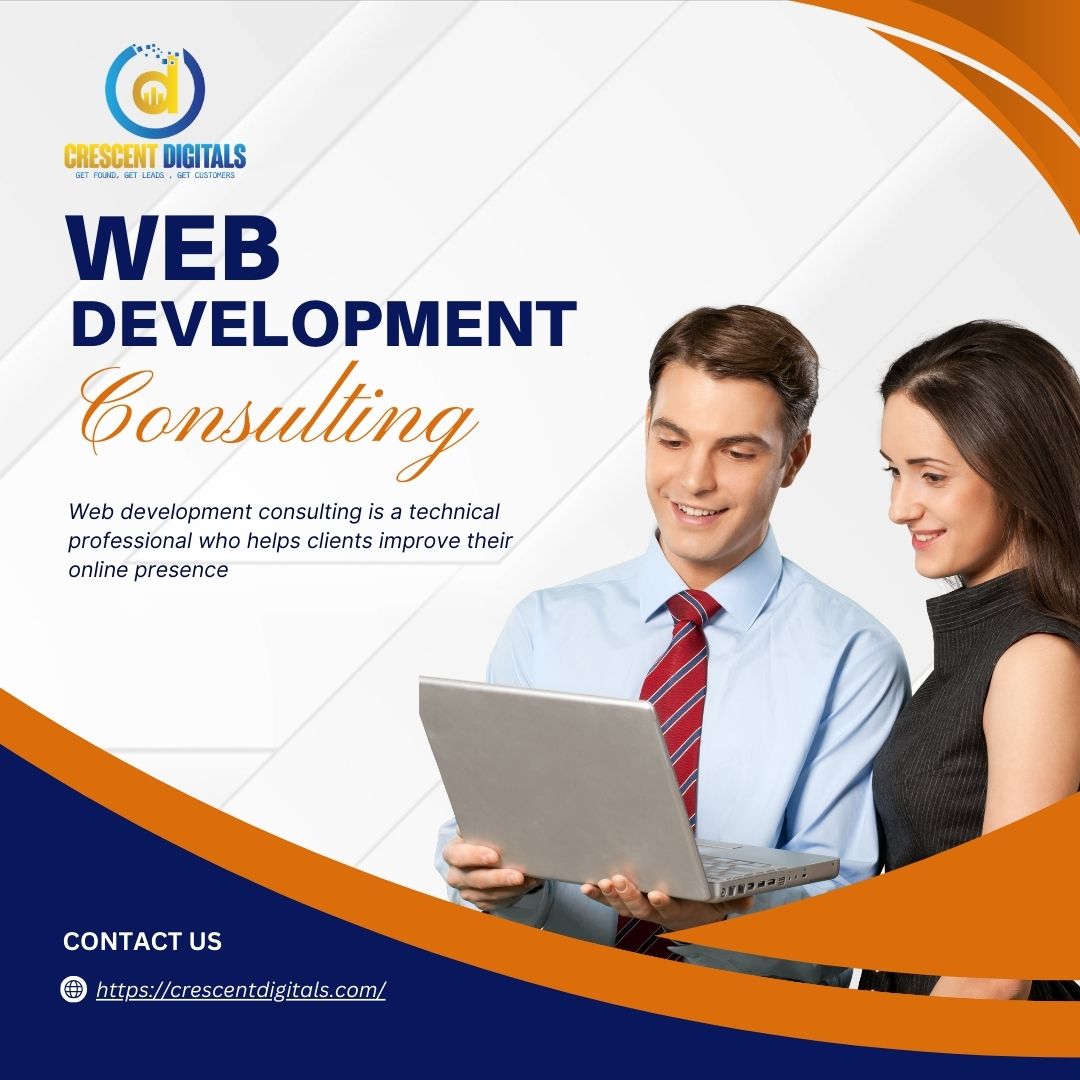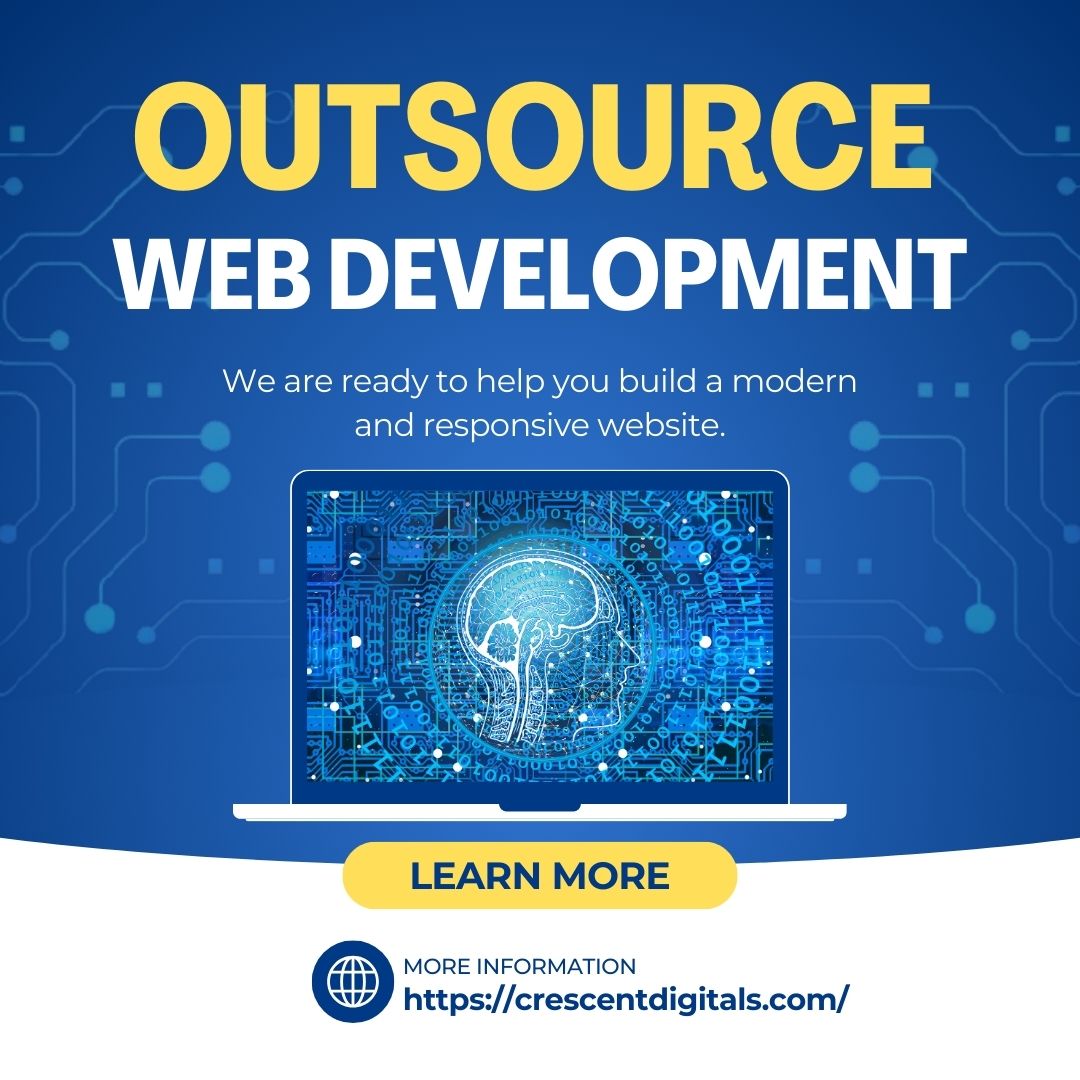Web content development involves creating engaging, informative, and optimized content for websites to attract visitors and improve search engine rankings. It is essential for boosting online visibility and driving traffic to the site.
Creating compelling web content is crucial for businesses and organizations to effectively communicate their brand message, promote products or services, and engage with their target audience. Well-crafted content not only informs and educates but also drives action, such as making a purchase, signing up for a newsletter, or contacting the business.
In today’s digital world, developing high-quality web content is a key component of any successful online marketing strategy. By focusing on relevance, originality, and search engine optimization, businesses can position themselves for success in the competitive online landscape.

Credit: www.elsner.com
The Importance Of Web Content
When it comes to web development, quality content plays a crucial role in attracting and engaging users. The relevance of quality content and its impact on user engagement cannot be overlooked in today’s digital landscape. In this article, we will delve into the significance of web content development and how it can enhance the overall success of your website.
Relevance Of Quality Content
A well-crafted website is not just visually appealing; it also needs to offer valuable and relevant information to its visitors. Quality content serves as the backbone of any successful website. It not only helps drive organic traffic through search engines but also creates a compelling experience for users. When users find your content informative, engaging, and actionable, they are more likely to spend time on your website and come back for more.
Quality content should be tailored to the needs of your target audience. By understanding their pain points, interests, and preferences, you can create content that resonates with them. Doing so increases the chances of your website being recognized as an authoritative source in your niche, thereby boosting its credibility and reputation.
Moreover, search engines like Google have algorithms that prioritize high-quality content. By consistently offering valuable and relevant content, you can improve your website’s visibility in search engine result pages. This, in turn, can lead to increased organic traffic, brand exposure, and potential conversions.
Impact On User Engagement
User engagement is a critical factor for the success of any website or online platform. Engaged users are more likely to stay longer on a website, explore multiple pages, and take desired actions such as subscribing, making a purchase, or sharing content with others.
Quality web content can significantly impact user engagement. Engaging content is not only informative but also captivating, well-structured, and easy to consume. By using a mix of textual content, images, videos, and interactive elements, you can create a dynamic and engaging user experience.
When users find value in your content, they are more likely to interact, share, and discuss it. This interaction not only helps build a loyal community but also increases your website’s visibility through word-of-mouth and social media sharing. Additionally, user engagement metrics such as time on page, bounce rate, and social shares can influence search engine rankings, further highlighting the significance of quality content.
In conclusion, quality web content development is essential for driving organic traffic, increasing user engagement, and establishing your website as a trusted source of information. By prioritizing relevance, offering valuable insights, and creating a captivating user experience, you can enhance the overall success and effectiveness of your website.
Understanding Your Audience
When it comes to web content development, understanding your audience is key to creating compelling and valuable content. By identifying target demographics and analyzing user behavior, you can tailor your content to better meet the needs and interests of your audience.
Identifying Target Demographics
Before creating web content, it’s important to identify the target demographics you want to reach. This involves gathering data on the age, gender, location, interests, and online behavior of your audience. Understanding these characteristics helps you create content that resonates with your target audience.
Analyzing User Behavior
Analyzing user behavior involves studying how visitors interact with your website. This includes tracking metrics such as page views, time spent on site, bounce rates, and conversion rates. By understanding how users navigate your site, you can optimize your content to better meet their needs and interests.
Content Planning And Research
Effective web content development begins with comprehensive planning and research. The process involves understanding audience needs, aligning content goals, and gaining insights to create compelling, informative, and SEO-friendly material.
Keyword Research
Keyword research is the cornerstone of content planning. It involves identifying popular search terms and phrases that are relevant to the website’s niche. By integrating these keywords naturally into the content, websites can enhance their search engine ranking and attract the right audience.
Competitor Analysis
Competitor analysis plays a crucial role in content development. Understanding the content strategies deployed by competitors provides valuable insights into market trends and audience preferences, enabling websites to refine their own content to remain competitive in the digital landscape.

Credit: www.simplifytheinternet.com
Crafting Compelling Content
When it comes to web content development, crafting compelling content is the key to engage your audience and keep them coming back for more. By using storytelling techniques, incorporating visual elements, and creating a seamless user experience, your content can captivate and inspire your readers. Let’s explore these strategies in detail.
Storytelling Techniques
Telling a compelling story is an effective way to connect with your audience and make your content memorable. By using narrative elements and creating relatable characters, you can evoke emotions and engage your readers on an emotional level. Here are some storytelling techniques to consider:
- Create a captivating hook to grab your reader’s attention from the beginning.
- Introduce a relatable problem or conflict that your audience can connect with.
- Build suspense and tension to keep your readers engaged and curious.
- Provide a resolution or solution that satisfies your audience’s needs.
Incorporating Visual Elements
In addition to storytelling, incorporating visually appealing elements in your content can further enhance the user experience. Visuals are highly effective in conveying information quickly and engaging the reader’s attention. Consider the following visual elements:
- Use high-quality images and videos to complement your text and provide additional context.
- Create infographics or data visualizations to present complex information in a digestible format.
- Utilize eye-catching typography and color schemes to make your content visually appealing.
- Include interactive elements such as quizzes or interactive charts to encourage reader participation.
Ensuring Each Heading Adheres To Html Syntax
When structuring your blog post, it’s important to ensure that each H3 heading adheres to the HTML syntax. This helps search engines understand the hierarchy and organization of your content. Here’s an example of how to format an H3 heading:
Ensuring Each H3 Heading Adheres to HTML Syntax
By following these guidelines and creating compelling content, you can not only attract more visitors to your website but also keep them engaged and coming back for more. Remember to continuously analyze your audience’s feedback and adapt your content strategy accordingly for optimal results.
Optimizing For Search Engines
Optimizing your web content for search engines is a crucial step in ensuring your website reaches its target audience and increases its visibility online. By implementing effective on-page SEO strategies and optimizing your meta content, you can improve your website’s search engine rankings and attract more organic traffic.
On-page Seo Strategies
On-page SEO refers to the optimization techniques that you can implement directly on your web pages to improve their visibility to search engines. These strategies involve optimizing various elements on your website, such as titles, headings, content, images, and URLs.
- Start by conducting keyword research to identify the relevant keywords you want to target on each page. Incorporate these keywords naturally and strategically throughout your content.
- Bold important keywords and phrases to help search engines understand the relevance and importance of your content.
- Utilize heading tags (H1, H2, H3) to structure your content and make it easier for search engines to crawl and understand.
- Write compelling meta titles and descriptions for each page, using relevant keywords and accurately describing the content. Keep them concise and optimized within the character limits.
- Optimize your website’s URL structure by including relevant keywords and creating user-friendly, descriptive URLs.
- Ensure your website loads quickly by optimizing image sizes and using efficient coding practices.
Meta Content Optimization
Meta tags, particularly the meta title and meta description, are essential elements for improving your website’s visibility in search engine results. These meta tags provide search engines with valuable information about your web pages.
- Create unique and descriptive meta titles that accurately reflect the content on each page. Include relevant keywords to improve visibility.
- Compose compelling meta descriptions that entice users to click on your website in search results. Keep them concise and persuasive, highlighting the unique selling points of your page.
- Include relevant keywords naturally in your meta content, but avoid keyword stuffing, which can hurt your search engine rankings.
- Regularly review and update your meta tags to ensure they remain relevant and aligned with the evolving content on your website.
By optimizing your web content for search engines, you can improve your website’s visibility and attract more organic traffic. Implementing effective on-page SEO strategies and optimizing your meta content will not only enhance your search engine rankings but also provide a better user experience for your visitors.

Credit: websitedepot.com
Content Management Systems
In today’s digital landscape, effective web content development has become crucial for businesses to gain a competitive edge. One of the key elements of successful content development is a robust Content Management System (CMS). A CMS is a software application that enables website owners to create, manage, and publish digital content without the need for technical expertise or coding knowledge.
Selecting The Right Cms
Choosing the right CMS for your website is vital as it directly impacts the efficiency and effectiveness of your content strategy. With the plethora of options available, it can be overwhelming to make a decision. However, considering a few key factors can help simplify the selection process:
- Scalability: Evaluate whether the CMS can accommodate the growth of your website and the increasing demands of your content.
- User-friendly Interface: Look for a CMS that offers an intuitive interface, making it easy for non-technical users to navigate and manage content.
- Customization Options: Assess the CMS’s flexibility in terms of design customization, templates, and plugins, ensuring it aligns with your website’s unique branding requirements.
- SEO Optimization: Consider a CMS that supports SEO best practices, providing features such as customizable meta tags, canonical URLs, and sitemaps.
- Security: Prioritize a CMS that incorporates robust security measures to protect your website and sensitive data from potential threats.
- Support and Updates: Confirm whether the CMS offers reliable technical support and regular updates to ensure your website remains up-to-date and functional.
Content Organization And Structure
The structure and organization of your web content play a significant role in enhancing user experience and search engine visibility. An effective CMS should facilitate efficient content organization, allowing you to create a logical hierarchy and clear navigation paths for website visitors. When organizing your content, keep the following considerations in mind:
- Categories and Tags: Utilize categories and tags to classify and group related content, enabling users to browse and discover information effortlessly.
- Menus: Design user-friendly menus that provide visitors with a clear layout of your website’s structure, ensuring easy access to different sections.
- Headings and Subheadings: Use headings and subheadings to break down your content into digestible sections, making it easier for readers to skim through and locate relevant information.
- Internal Linking: Incorporate internal links within your content to help users navigate between different pages and establish a cohesive website structure.
- XML Sitemap: Generate an XML sitemap through your CMS to assist search engines in indexing and understanding your website’s content structure.
By carefully selecting the right CMS and organizing your web content effectively, you can ensure a seamless user experience, improved search engine optimization, and ultimately, the success of your online presence.
Mobile-friendly Content Development
In the modern era, where smartphones have become an integral part of our lives, it’s essential for businesses to optimize their web content for mobile devices. With mobile usage surpassing desktop, mobile-friendly content development has never been more important.
Responsive Design Considerations
When it comes to mobile-friendly content development, responsive design is the key. It ensures that your website adapts to various screen sizes and resolutions, offering a consistent user experience across all devices. To create a responsive design, consider the following:
- Utilize fluid grid systems that allow your website’s layout to adjust proportionally.
- Implement flexible images and media by using CSS techniques like max-width: 100% to prevent them from overflowing or getting distorted on smaller screens.
- Ensure that your website’s navigation is easy to use by employing mobile-friendly menus or hamburger icons.
- Optimize your forms by using input types that are well-suited for mobile devices, such as email, number, and date.
Creating Appropriate Readability
Another crucial aspect of mobile-friendly content development is creating content that is easily readable on small screens. Here are some tips to enhance readability:
- Use concise and to-the-point sentences, keeping paragraphs short to avoid overwhelming readers.
- Break up your content into smaller sections using subheadings, bullet points, or numbered lists.
- Ensure that your font size is large enough for comfortable reading without zooming in.
- Choose a font that renders well on mobile screens and maintain sufficient contrast between the text and background to improve legibility.
- Avoid using excessive jargon or complicated vocabulary, keeping your content understandable for a wide range of audiences.
In conclusion, developing mobile-friendly content is imperative to provide an optimal user experience for your mobile audience. By implementing a responsive design and focusing on readability, you can ensure that your content engages, educates, and converts mobile users seamlessly.
Content Distribution And Promotion
When it comes to web content development, successful content distribution and promotion are critical for reaching a wider audience and maximizing the impact of your content. Effective strategies for content distribution and promotion extend beyond creating compelling content. It involves getting that content in front of the right audience through various channels.
Social Media Strategies
Utilizing social media as part of your content distribution strategy can significantly amplify your reach and engagement. Make sure to tailor your content to each platform and engage with your audience to foster deeper connections with your brand. Also, consider leveraging paid advertising to expand your visibility to targeted audiences.
Email Marketing Integration
Integrating email marketing into your content distribution plan can help in delivering your content directly to your audience’s inbox. Create compelling email campaigns and make use of personalized, segmented lists to maximize open rates and conversions.
Measuring Content Performance
Measuring content performance is crucial for businesses to understand how well their web content is resonating with their target audience and whether it is meeting the desired objectives. By tracking key metrics and analyzing relevant analytics data, it becomes possible to gain valuable insights into the effectiveness of the content strategy and make informed decisions for improvement.
Defining Key Metrics
When it comes to measuring content performance, defining key metrics is essential to gauge the impact and success of the content. Key metrics can include page views, bounce rate, time on page, click-through rate, and conversion rate. These metrics provide valuable information about how users interact with the content, indicating the level of engagement and whether the content is driving the desired actions.
Interpreting Analytics Data
Interpreting analytics data allows businesses to gain a deeper understanding of how their web content is performing. By analyzing data from tools such as Google Analytics, it becomes possible to identify trends, patterns, and user behavior. This information helps in evaluating the effectiveness of the content strategy and making data-driven decisions for optimization.
Evolving Trends In Web Content
Video And Interactive Content
Video and interactive content have become a crucial part of web content development. These forms of content provide a captivating and engaging experience for users, helping them to stay on a website longer and increase their interaction with the brand. Videos can effectively convey information in a succinct and visually appealing way, making it easier for users to understand complex concepts.
Interactive content, on the other hand, allows users to actively participate and engage with the website. This can include quizzes, surveys, calculators, and interactive maps, among other things. By incorporating such interactive elements, websites can create a more personalized experience for users, keeping them engrossed and encouraging them to explore further.
Voice Search Optimization
In recent years, voice search has gained significant popularity and has become an integral part of web content development. With the rise of virtual assistants like Siri, Alexa, and Google Assistant, people are relying more on voice commands to search for information online. Websites must optimize their content for voice search to ensure they appear in search results when users make voice queries.
Voice search optimization involves focusing on long-tail keywords, as users tend to use more conversational language when using voice commands. This means incorporating natural, conversational language into web content can improve its visibility in voice search results.
Frequently Asked Questions Of Web Content Development
What Is Web Content Development?
Why Is Web Content Development Important?
Effective web content development helps engage and attract website visitors, increase organic traffic, boost conversions, and establish a strong online presence.
How Can Web Content Development Benefit My Business?
By creating high-quality web content, your business can enhance brand credibility, drive targeted traffic, increase customer engagement, and ultimately, generate more leads and revenue.
What Are The Key Steps In Web Content Development?
Key steps in web content development include conducting thorough research, identifying a target audience, planning content structure, writing compelling copy, editing and proofreading, and optimizing for SEO.
How Can I Optimize Web Content For Search Engines?
To optimize web content, focus on incorporating relevant keywords, writing descriptive meta tags, using heading tags, improving page load speed, and ensuring mobile responsiveness.
What Type Of Content Is Ideal For Web Development?
Ideal web content includes informative articles, engaging blog posts, captivating product descriptions, captivating videos, visually appealing infographics, and interactive web elements.
How Can I Ensure My Web Content Is Engaging?
Create engaging web content by understanding your target audience, using a conversational tone, crafting compelling headlines, including visual elements, and encouraging user interaction through comments and social sharing.
What Role Does Web Content Play In User Experience?
Web content plays a crucial role in user experience by providing valuable information, guiding users through the website, delivering clear calls to action, and keeping visitors engaged and satisfied.
How Often Should I Update My Web Content?
Regularly updating web content is important for maintaining relevancy, improving SEO, and providing fresh information to visitors. Aim to update content at least once every few months.
How Can Web Content Development Help Improve Conversion Rates?
Web content development can improve conversion rates by addressing customer pain points, showcasing benefits, providing social proof, utilizing clear and persuasive calls-to-action, and delivering a seamless user experience that builds trust.
Conclusion
From crafting engaging headlines to structuring your content with keywords, web content development plays a critical role in driving traffic to your website. By prioritizing user experience and search engine optimization, you can attract and retain a larger audience. Remember to keep your sentences concise and easy to understand, while maintaining originality and avoiding plagiarism.
As your web content evolves, so will your online presence, ultimately leading to increased visibility and success.






